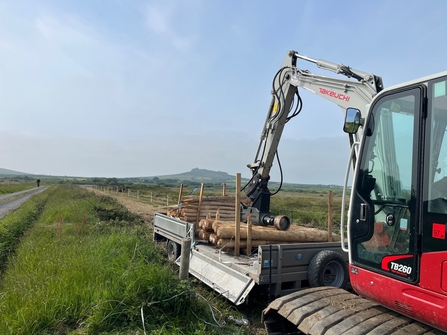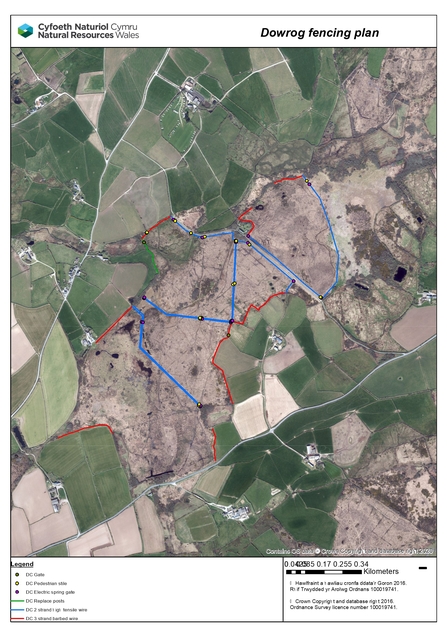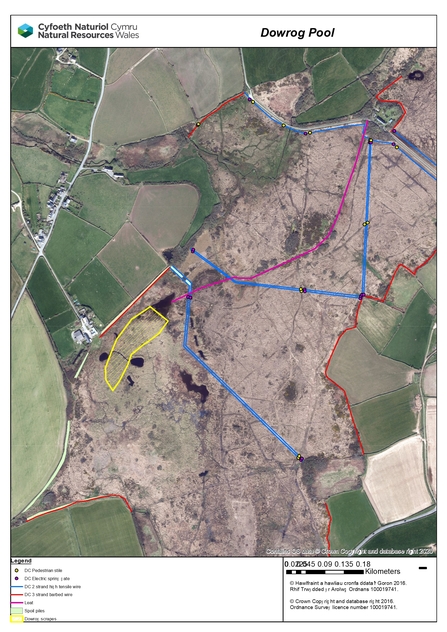Dowrog Common Nature Reserve, located outside of St Davids, is a 101 hectare SSSI and part of the north Pembrokeshire Commons SAC. The reserve has received funding through the EU funded LIFE project called Quaking Bogs. This project aims to restore peatland, quaking bogs and their wider supporting wetland landscapes to favourable conservation status. Quaking bogs – so called because when conditions are right the ground ‘quakes’ underfoot.
In Pembrokeshire, this project will be delivered in partnership by Natural Resources Wales, the Pembrokeshire Coast National Park, The Wildlife Trust of South and West Wales and The National Trust.
Peatland is the most valuable land resource in Wales as it stores 30% of land-based carbon. Covering about 4% of Wales, it is estimated that 90% of Welsh peatland is in a deteriorating condition and emitting greenhouse gasses that contribute to climate change.
A large amount of the habitat on Dowrog Common has been assessed as ‘unfavourable’. Such conditions are often caused by the land being over-grazed by animals. In some cases, insufficient grazing has led to important plants being smothered by dominant or invasive species. Both issues occur on the reserve although there are still parts which are favourable. To help improve the condition of the site, there is a real need to enable a better grazing regime. This will be delivered through the improvement of fencing and the redesign of compartments on site.
Over the past few years there have been issues of livestock escaping onto neighbouring land or into other compartments. The growth of scrub has also caused a decline in populations of the rarer lesser butterfly orchid along with a number of the 350 species of other flowering plants that the site supports. Improving the habitat will also provide refuge for a large number of invertebrates such as dragon and damselflies, species of moth and a hope to re-establish the marsh fritillary that has been lost.



